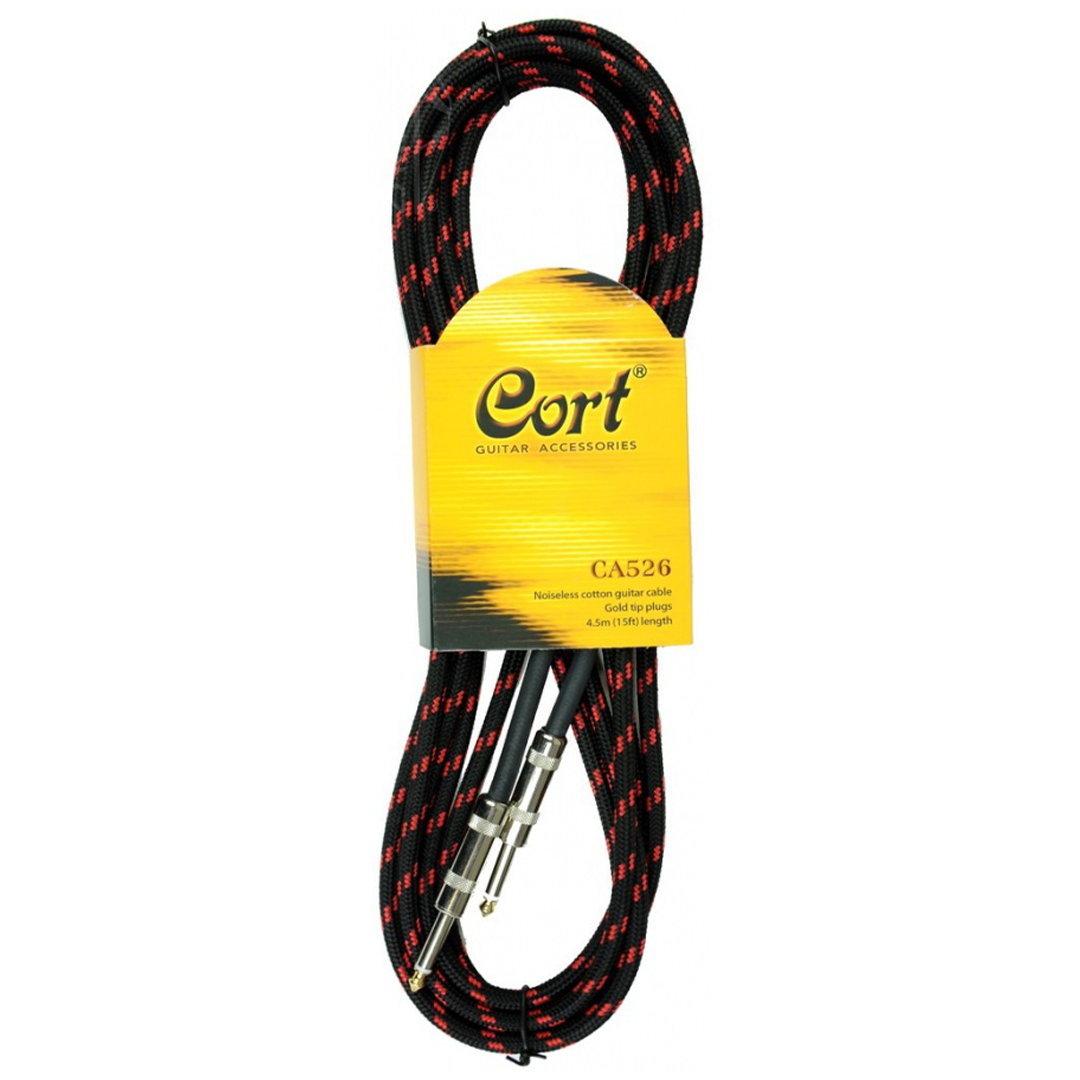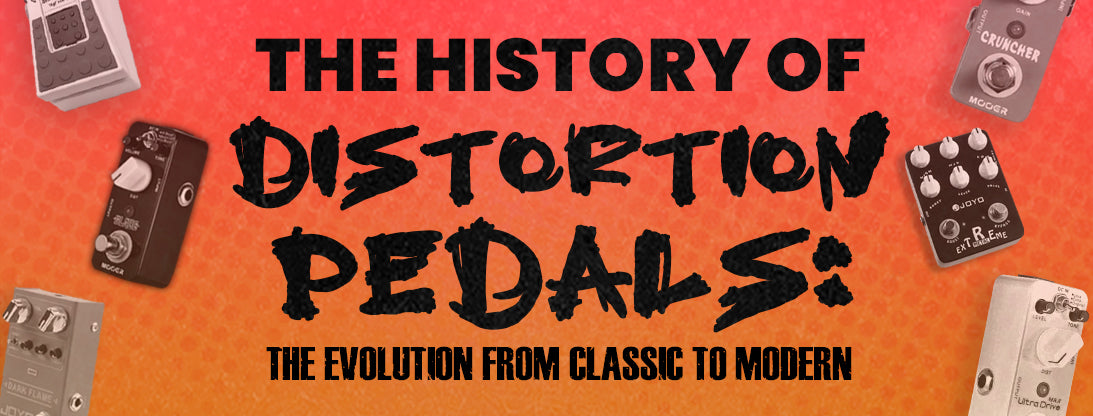Distortion pedals have shaped the sound of modern rock, metal, punk, and a variety of other music genres. From the gritty tones of the ‘60s to today’s high-gain shredding, distortion has remained a staple for guitarists seeking that extra edge in their sound. This article explores the evolution of distortion pedals and offers insight into how two modern options—the Mooer Blade High-Gain Distortion Pedal and Mooer Ultra Drive MKII—embody that rich history.
The Birth of Distortion: Accidental Origins

The story of distortion starts in the early days of electric guitar amplification. In the late 1950s, artists like Chuck Berry and Link Wray began experimenting with "dirty" sounds by pushing their amplifiers beyond their intended limits. This overdriven sound, initially an accident caused by damaged equipment, became a sought-after tonal effect that eventually birthed the first distortion pedals.
In 1962, the Maestro FZ-1 Fuzz-Tone became one of the first commercially available pedals to intentionally create distortion. Used by the Rolling Stones in their hit "Satisfaction," this fuzzy, gritty tone became iconic. Soon, guitarists were seeking even more control over their distortion, prompting companies to innovate beyond fuzz pedals to create smoother, more versatile overdrive and distortion effects.
Classic Distortion Pedals of the '70s and '80s

The next big leap came in the 1970s and '80s, with legendary pedals like the Electro-Harmonix Big Muff Pi and the Boss DS-1. These pedals offered more tonal flexibility and responsiveness, appealing to a broader range of rock and metal guitarists. The DS-1, for example, became famous for its use by artists like Kurt Cobain and Steve Vai, delivering a powerful yet balanced distortion tone.
During this time, the distortion pedal evolved to allow more control over gain and tone, helping musicians craft distinct, signature sounds. Whether it was the smooth overdrive of classic rock or the aggressive high-gain tones of emerging metal genres, distortion pedals became an essential part of every guitarist's rig.
The Rise of High-Gain Distortion: Modern Innovations
Fast forward to the present, and high-gain distortion pedals have reached new heights of sonic power and precision. Modern technology has allowed manufacturers to create pedals that can produce thick, saturated distortion while maintaining clarity and articulation. This is especially important for guitarists in metal, punk, and hard rock, where every note needs to punch through even the most chaotic mixes.
This is where Mooer comes in, offering modern distortion pedals that balance the classic roots of the effect with cutting-edge innovations. Take the Mooer Blade High-Gain Distortion Pedal, for example. This pedal delivers crushing high-gain tones with remarkable clarity, perfect for heavy metal riffs or blazing lead guitar lines. It pays homage to the aggressive tones of the '80s and '90s while offering features that meet the demands of modern players.
Similarly, the I builds on the legacy of classic distortion pedals but with enhanced tonal versatility. Its smooth, vintage-inspired distortion can range from subtle grit to full-on, high-gain distortion, making it a great tool for players of all genres.

From Classic to Modern: Why Distortion Pedals Still Matter
Distortion pedals remain a crucial tool for guitarists, not just because of their ability to sculpt sound, but also for how they allow musicians to express their unique style. Whether you're after the warm, saturated tones of a vintage pedal or the aggressive bite of modern high-gain distortion, there’s a pedal for every player.
As we see in pedals like the Mooer Blade and the Mooer Ultra Drive MKII, manufacturers are honoring the history of distortion while pushing the boundaries of what’s possible. These pedals reflect the ongoing evolution of guitar tone, giving players the ability to access classic sounds or dive into new sonic territories with ease.




































